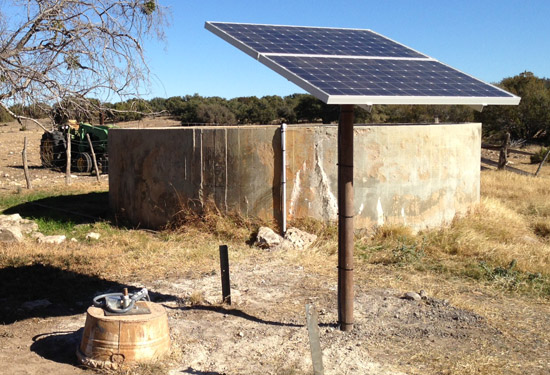Massage therapy, an ancient practice with a rich history, has evolved into a sophisticated blend of art and science. From its roots in traditional healing practices to its contemporary applications, massage offers a fascinating journey through the human body and mind. This article delves into the various facets of 다낭 마사지 핫한 곳 순위별로 알려드립니다, including its benefits, techniques, and modern applications, to provide a comprehensive understanding of this therapeutic art.
Historical Roots and Cultural Significance
Massage has been practiced for thousands of years, with evidence dating back to ancient civilizations. The earliest records come from China, where texts from 2700 BCE describe the use of massage to treat a variety of ailments. Similarly, ancient Egyptians, Greeks, and Romans utilized massage as part of their medical and wellness routines. In India, massage is deeply embedded in Ayurvedic medicine, which emphasizes balance and holistic health.
These early practices laid the groundwork for modern massage techniques, highlighting the universal recognition of touch as a healing modality. Across cultures, massage has been used to alleviate pain, reduce stress, and promote overall well-being.
The Science Behind Massage
Massage therapy operates on a multifaceted level, impacting the body’s physiological, psychological, and emotional states. Scientifically, it is known to:
- Improve Circulation: Massage stimulates blood flow, enhancing oxygen and nutrient delivery to tissues. This can aid in the recovery of muscle injuries and improve overall cardiovascular health.
- Reduce Muscle Tension: By applying pressure to specific areas, massage helps to release muscle knots and alleviate tension. This can lead to increased flexibility and a reduction in pain.
- Stimulate the Nervous System: Massage activates the parasympathetic nervous system, which promotes relaxation and reduces the effects of stress. It can lower cortisol levels and increase the release of endorphins, the body’s natural painkillers.
- Enhance Lymphatic Flow: Massage supports the lymphatic system, which is crucial for immune function and waste removal. Improved lymphatic flow can contribute to better overall health and immune response.
Popular Massage Techniques
The world of massage therapy is diverse, with various techniques tailored to different needs and preferences. Some of the most popular methods include:
- Swedish Massage: Known for its gentle, flowing strokes, Swedish massage focuses on relaxation and improving circulation. It is often used for general stress relief and muscle relaxation.
- Deep Tissue Massage: This technique targets deeper muscle layers and connective tissues. It is effective for chronic pain, muscle stiffness, and rehabilitation.
- Sports Massage: Designed for athletes, this type of massage aims to enhance performance, prevent injuries, and aid in recovery. It incorporates techniques such as stretching and deep tissue work.
- Shiatsu: A form of Japanese massage based on traditional Chinese medicine, Shiatsu involves applying pressure to specific points along the body’s meridians to restore balance and energy flow.
- Thai Massage: Combining elements of yoga, acupressure, and Indian Ayurvedic principles, Thai massage is a dynamic and energetic practice that involves stretching and rhythmic pressure.
Modern Applications and Benefits
In contemporary settings, massage therapy has expanded beyond traditional practices to include various applications:
- Chronic Pain Management: Massage has been shown to be effective in managing conditions like fibromyalgia, arthritis, and lower back pain, offering an alternative or complementary approach to conventional treatments.
- Mental Health: As a tool for managing anxiety and depression, massage therapy provides a calming effect that can improve mood and emotional well-being.
- Prenatal Massage: Tailored for expectant mothers, prenatal massage addresses the physical discomforts of pregnancy and promotes relaxation, contributing to a healthier pregnancy experience.
- Corporate Wellness: Many businesses are incorporating massage therapy into their wellness programs to enhance employee well-being, reduce stress, and boost productivity.
Conclusion
Massage therapy represents a harmonious blend of ancient wisdom and modern science. Its ability to address physical, emotional, and mental health makes it a valuable tool for enhancing overall well-being. Whether through traditional methods or contemporary practices, massage continues to be a vital component of holistic health, offering profound benefits to those who seek its healing touch. As research and techniques evolve, the future of massage therapy promises even greater insights and advancements, ensuring its place as a cherished practice in the realm of wellness.

